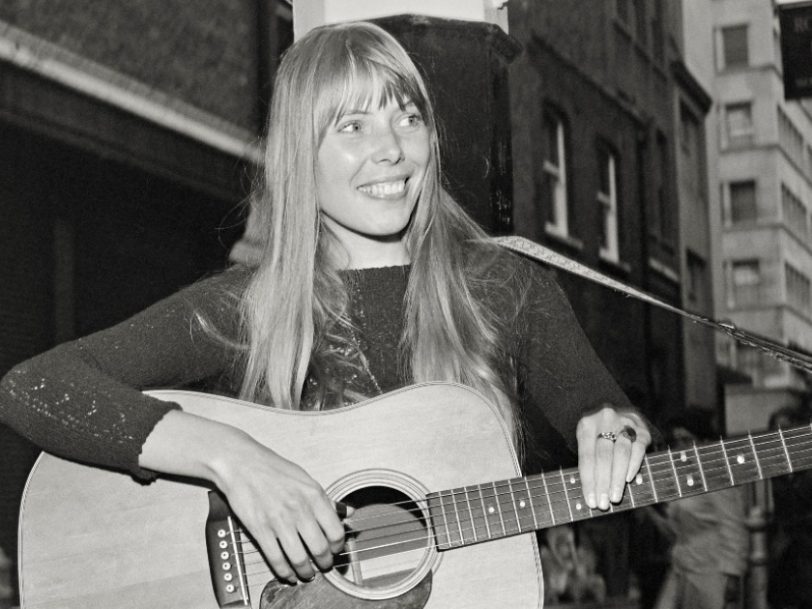1968. In the year of The Velvet Underground’s White Light/White Heat, Aretha Franklin’s Lady Soul and The Beatles’ “White Album”, could a young woman from Canada named Joni Mitchell really offer anything new to the world with a singer-songwriter album titled Song To A Seagull?
Listen to ‘Song To A Seagull’ here.
Of course she could. With experience that belied her age, Mitchell had been playing live for several years before released her debut album, but she always felt like an outsider. “Folk music was very cliquish and very exclusive and very unfriendly towards me,” she said recently, reflecting on her early years for the Joni Mitchell Archives project. “I never really felt close to that community. They treated me badly.” She resented being called a folk singer. Folk didn’t cover even a part of her eclectic musical inspirations, which ranged from Chuck Berry to Miles Davis, Edith Piaf to jazz trio Lambert, Hendricks And Ross.
This was the first reason why Song To A Seagull, released on 23 March 1968, would be a special debut, even though Mitchell’s songs were already out there in the world, having been performed by others, including Judy Collins (Both Sides, Now) and Tom Rush (Urge For Going). On Song To A Seagull, Mitchell is debuting not just her songs but her musical inquisitiveness. Even in what might seem, at first, simple arrangements compared to what she would develop on later albums such as The Hissing Of Summer Lawns and Hejira, her voracious exploratory impulse underpins them all.
An embarrassment of riches
Given that Mitchell had written more than 60 songs by this point, the ones she chose for Song To A Seagull are significant. She has likened her early songs to fairy tales about herself and her life; the album’s opener, I Had A King, does this expertly, mutating the breakdown of her short first marriage into a fable about kings, moons and castles. Mitchell bridges the epic with the commonplace, infusing sweeps of emotion with petty revenges, such as changing locks on doors.




